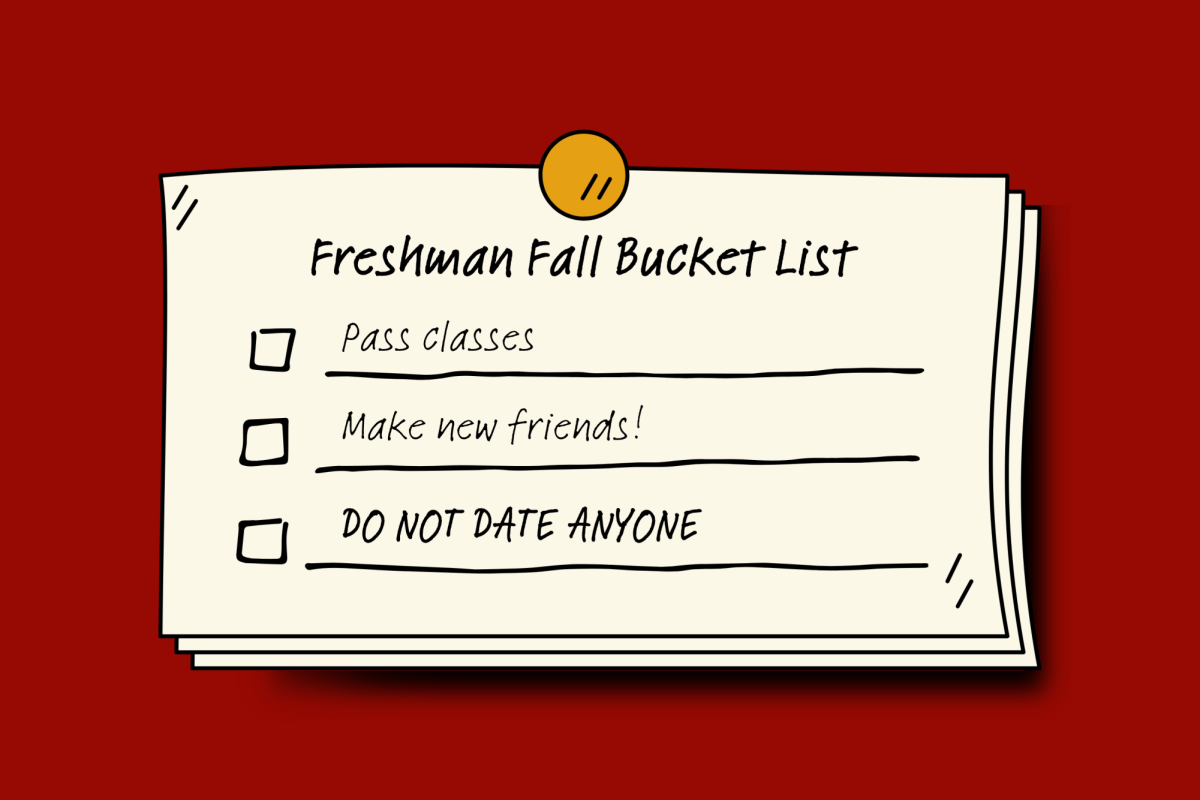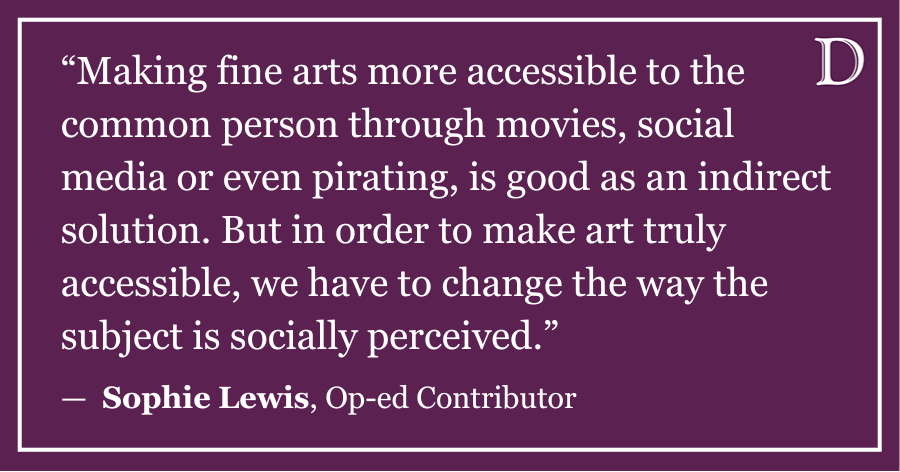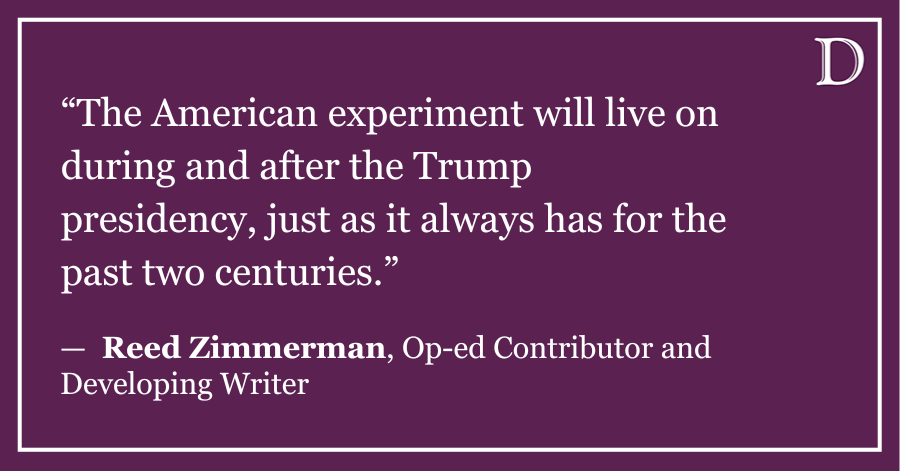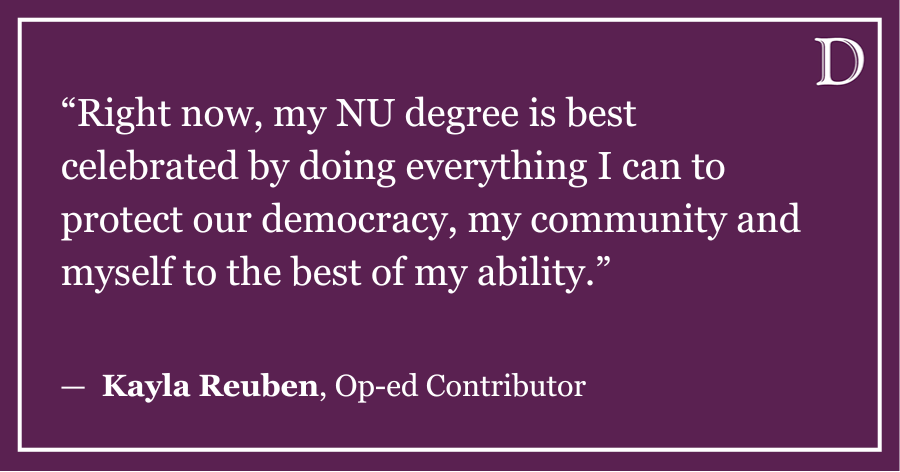
The first time I really learned about meditation was during my sophomore year of high school in an Eastern Religions class. A Buddhist speaker came in to talk about his experiences. Following the talk, I asked him how I could incorporate meditation into my everyday life. He said that every day right after I get up, I should sit on the side of my bed for five minutes and focus on my breathing.
That’s all it was. Just five minutes, focusing on my breathing. Contrary to what I expected, there was no talk of spirituality or references to religious teachings. It seemed easy enough to give it a shot. All it took was setting my alarm clock five minutes early.
Today, four years later, I practice the same meditation that was taught to me that day: what I now know as a form of mindfulness meditation. It is a daily practice that helps me feel relaxed and focused and keep a clear mind during stressful situations. Like many other habits, getting started was the hardest part, but once I committed myself to it and felt the results, it became easier to do.
I have spoken to many people who have reported similar benefits. Perhaps the greatest story I’ve heard was from my friend who went to a mindfulness meditation session at his school after dealing with depression for years. After practicing mindfulness meditation every day for three weeks, he was pulled out of his depression, and he has continued practicing it ever since.
Researching the effects of mindfulness meditation on the brain, I found an overwhelming amount of evidence consistent with my experience and the stories I’ve heard: that it reduces anxiety and improves focus and well-being. Studies show that also it produces measurable physical changes in the brain. It increases connectivity between the brain’s attentional networks and affects activity in the amygdala, a part of the brain important for emotional responses.
Mindfulness mediation is about clearing your mind by following one particular present sensation. There can be many ways to do it. I would consider exercise a form of meditation — many people report the same mental benefits from exercise that people gain from mindfulness meditation.
However, when I tell my friends about mindfulness meditation, there are a lot of misconceptions I come across. A few of these are the same ones I used to have. Some of my friends thought that meditation was exclusively a religious practice. One friend described it as “sitting for a long time and thinking,” insisting that he would go crazy if he had to do that.
Contrary to these misconceptions, meditation can be a simple and practical way to deal with the stresses of daily life. However, people often have the idea that it’s unreachable, that it requires a sort of spirituality or patience that isn’t for them.
Having experienced the benefits of meditation for myself and having heard stories of others’ experience, I truly believe that the world would be a better place if meditation were demystified and was a more mainstream practice. I rarely go though a day at school without hearing people talk about how stressed out they are. Technology has increased the pace of everything, and people seemed to get trapped in the momentum that surrounds them. For me, meditation has taught me that no matter how crazy things get, I can always remove myself and feel at peace.
Thomas Pollick is a Weinberg sophomore. He can be reached at [email protected]. If you want to respond publicly to this column, send a Letter to the Editor to [email protected].








